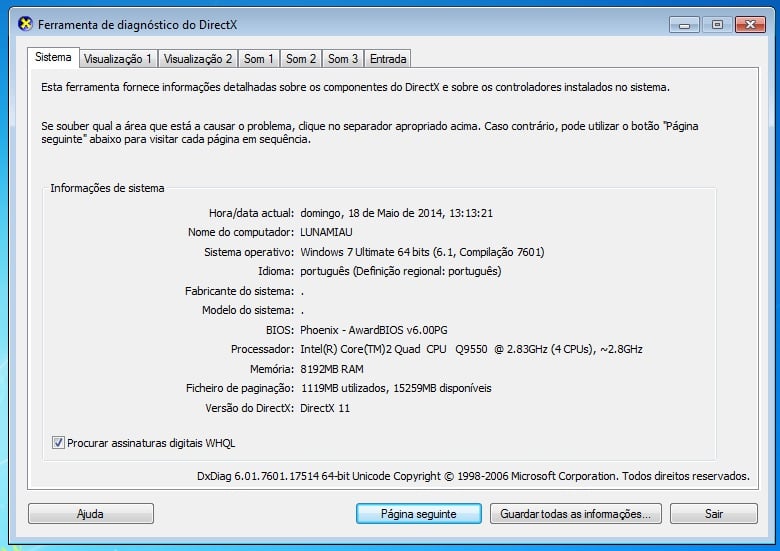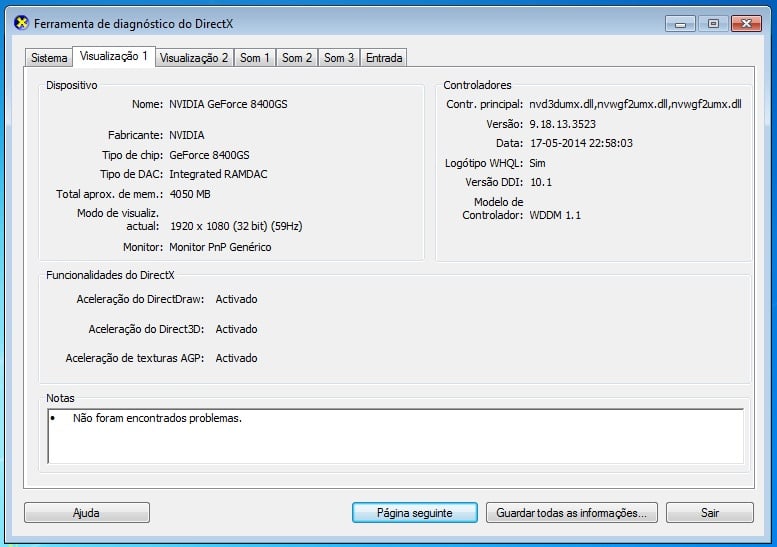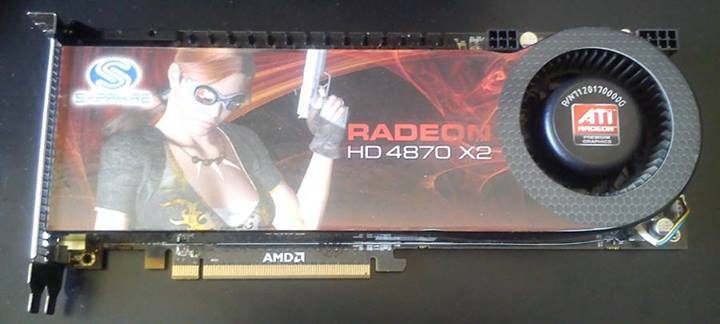I've finally decided to "upgrade" from Windows Vista to Win7.
I'm now in the process of backing everything up. Since this is going to take some time, I've hooked up my computer to the tv and I'm now using another computer (yes, I have a backup pc, hihihi).
I wanted to install both Win7 and Linux. On my regular machine I have 2 HDD which got me thinking, and here's where I ask you: should I install them on a disk each, or install both on the same disk and use the other one for storage?
Bear with me here, my regular machine is my "baby" and should something happen with it, I might aswell just slit my wrists with a rusty plastic spoon...


